You set out to design your own printed circuit board (PCB) but are confused about which tool to use. How do you come to a decision? What are the factors you need to consider? In this article, we introduce you to EAGLE and tell you what you need to know to work with this tool.
EAGLE, a prototype of CadSoft Computers, is an easily applicable graphical layout editor. It is a flexible, expandable and scriptable electronic design automation application with three modules, namely, schematic editor, layout editor and library editor, with identical user interfaces (UIs).
Designing your circuit has been made easy by access to design components in Farnell database, from within EAGLE environment via DesignLink, from within EAGLE environment, owing to the acquisition of CadSoft by Premier Farnell in 2009. Thus, you have everything you might need, in one place.
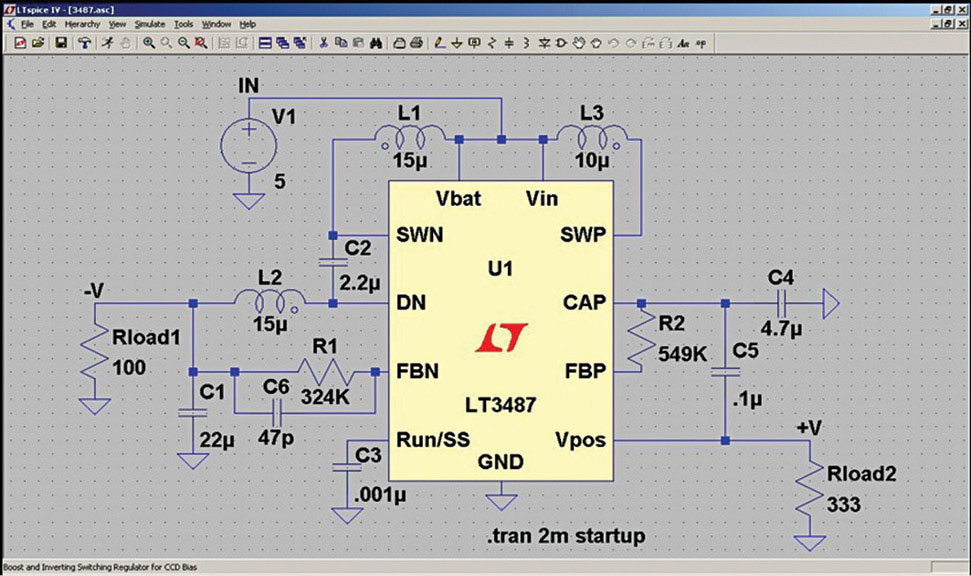
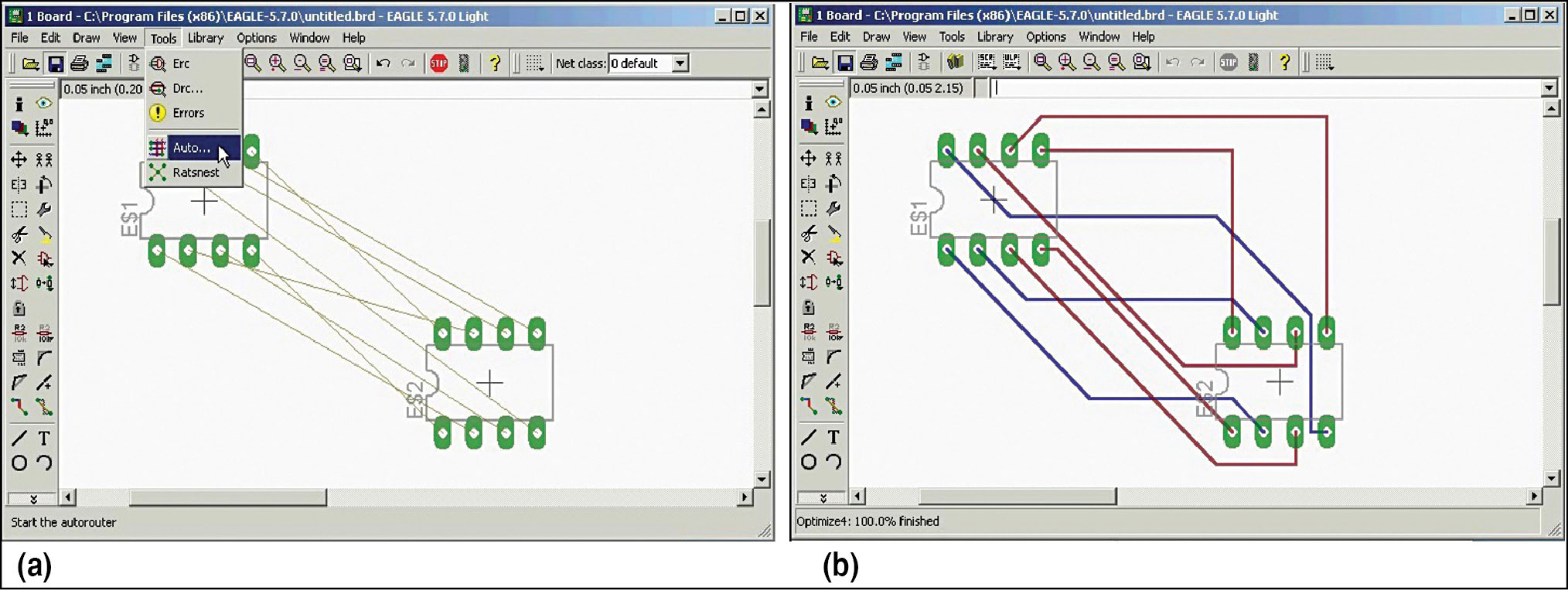
A new angle in simulation
EAGLE supports the newly-developed interface of PCBSim that lets you do the following:
1. Perform signal integrity analysis to ensure proper signal flow, even before proceeding to the layout stage
2. Calculate transmission line properties using the line calculator
3. Read S-parameter based data and convert to time-domain, with automatic correction of inaccuracies in the input data
4. Work between EAGLE based and SPICE based models with the addition of an integrated SPICE simulation engine. Also, see the circuit’s functioning as waveforms
5. Easily import input-output buffer information specification models that describe the behaviour of an integrated circuit, thanks to SPICE engine
Route your design as EAGLE flies
Autorouting is fully integrated into the basic program. You can choose between manual or automatic routing option, and switch between the two easily. If you choose to go with the manual routing method, simply follow the follow-me-router tool that guides you at every stage. The smallest routing grid is 0.02nm in size. You can place components as you please, within the layout structure and use up to 16 signal layers. If you spot an error after you finish your design, there is no need to panic. You can rework your design as many times as you want, with Ripup&Retry algorithm.
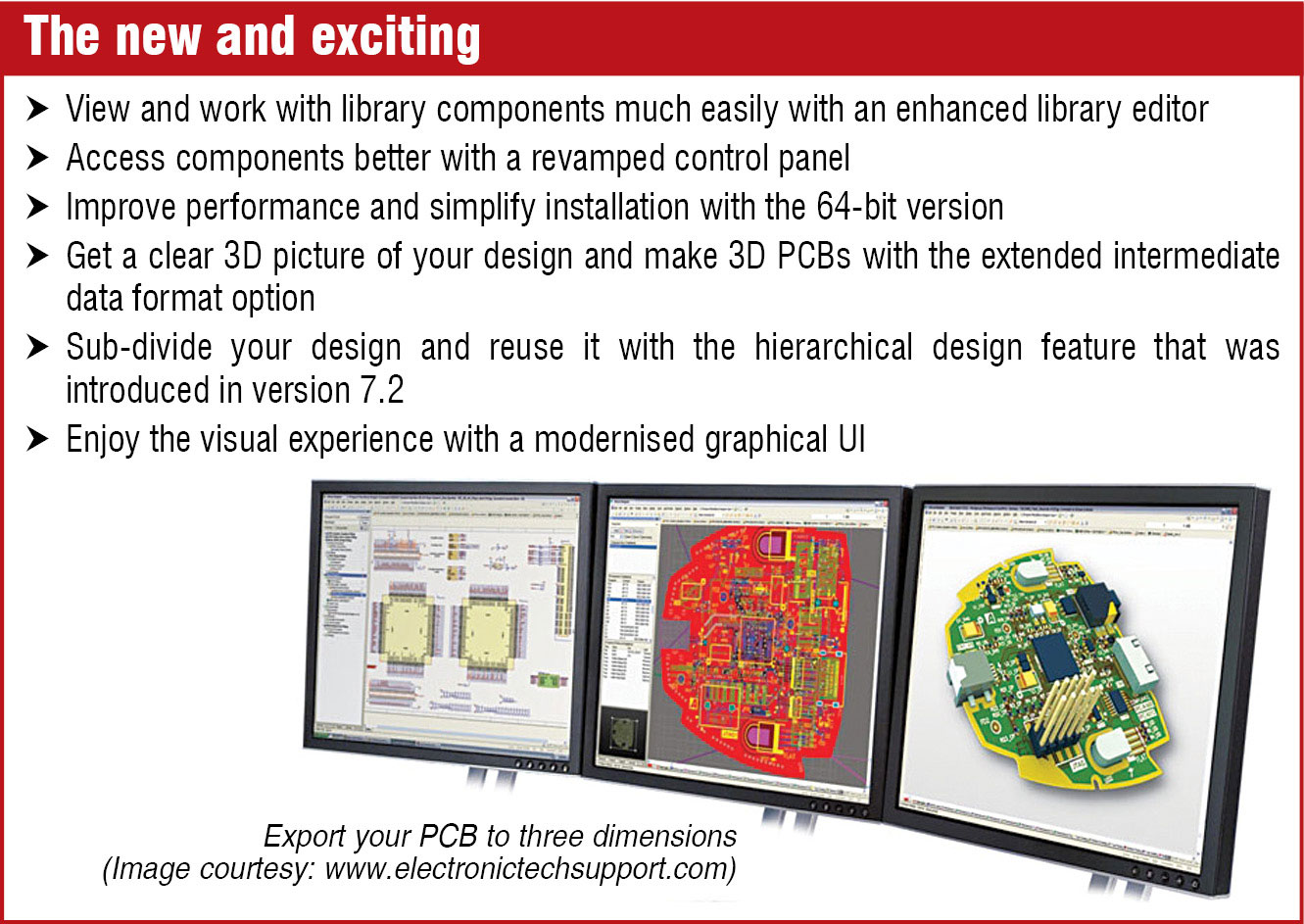

You are done with circuit construction but your design is so huge that you have multiple ways of routing the signals. Which path do you choose? How do you decide which is better? Version 7 of the tool comes to the rescue with multi-thread routing. With this, you can run multiple configurations simultaneously and choose the outcome that best accommodates your design. You can also choose to go with TopRouter option that results in boards with significantly lesser points of transition and effectively reduces cost and effort.
It has never been easier to print a PCB
Print your PCB without any hassle with the integrated PCBQuote within EAGLE. You can choose from options like quick-turn PCB prototypes, full-specification prototypes, low-cost production and custom PCB quotes, thanks to a tie-up with PCB manufacturers.
The software is compatible with Windows, Linux and Mac systems and is easy to use. SparkFun, the popular do-it-yourself site, works with EAGLE files. Adafruit, Arduino and Dangerous Prototypes also put EAGLE to good use.
Eager to get on it but wondering where to start
Design the schematic. First, create a new project for your design. Make sure you include all required libraries, and whatever you create next, under this folder.
Next, open one of the 999 sheets provided and make your circuit. Add the parts; you can either drag-and-drop these or simply copy from another circuit, connect these together and use the automatically-generated supplies to power your circuit. You can even define your own net classes.
Once the circuit is done, run an electrical rule check to check for design errors and schematic-layout compatibility issues.
To make your work easy, you can also use pre-written programs, the user language programs (ULPs). You just need to add the ULP to your code and run it, of course, with the modifications you need. You can find ULPs at www.cadsoftusa.com/downloads/ulps
Create the layout. The layout is a 4m×4m structure offering full support to surface-mount devices and you work with it using the layout editor. You can play around with your circuit to make it look exactly the way you want. Lock in place the components in your schematic, rotate these at arbitrary angles and add text to name components and orient these as you wish.
Tracks are flexible and the layout also supports differential pair routing. As you route your circuit, signal lines are dynamically quantified. Run a design rule check, and check if your design is correct. Generate data in whatever format or package variant you require by defining the programming language.
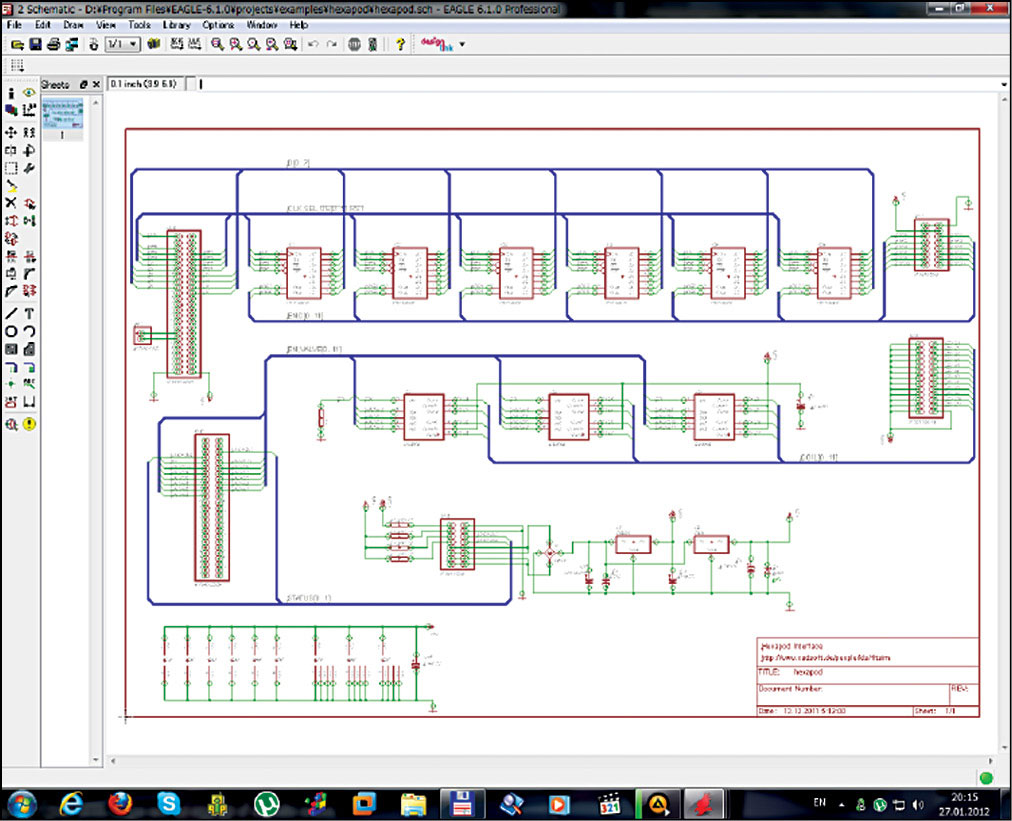
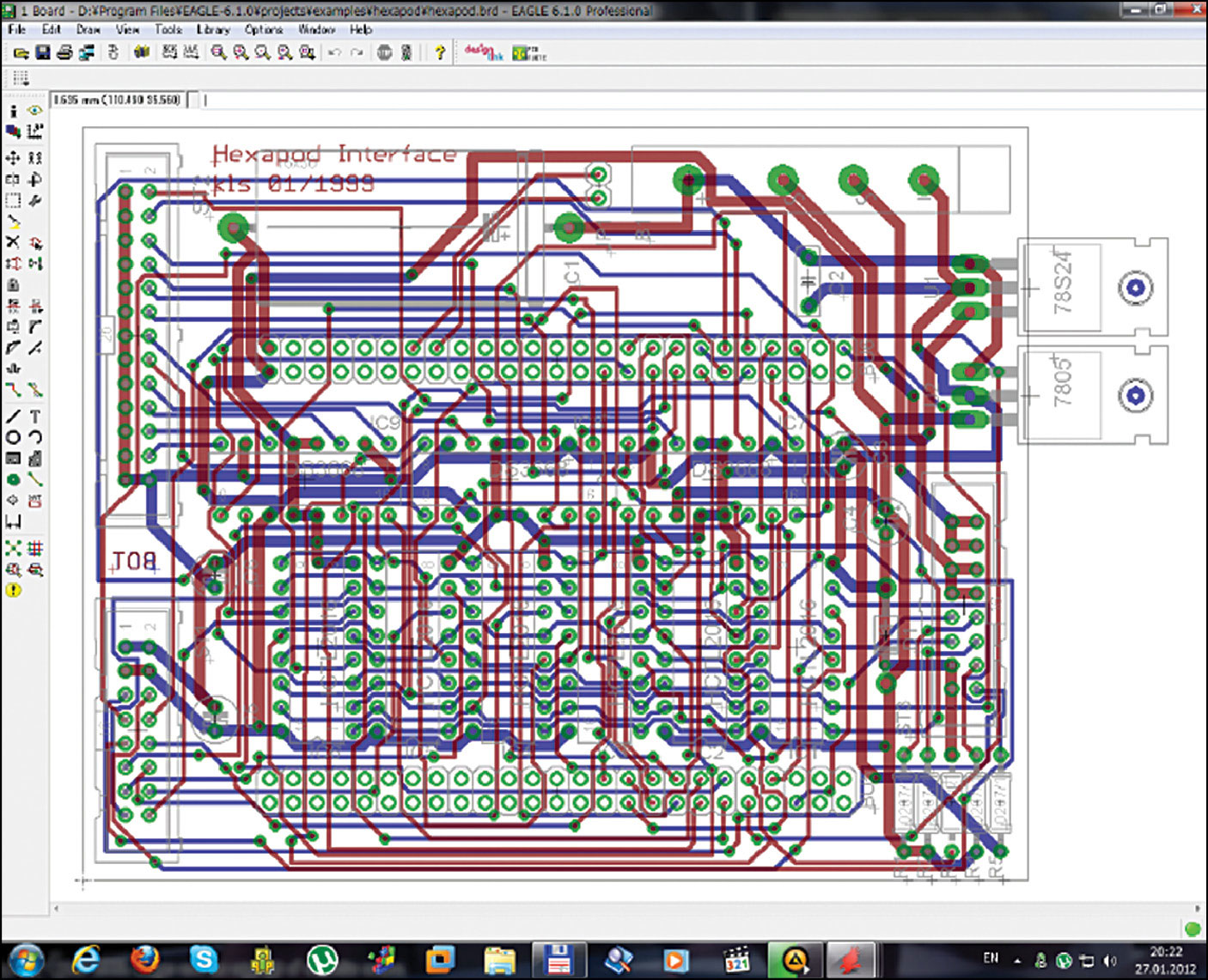
Offering the support you might need
Registered EAGLE customers are always free to write to the technical team at their respective locations, the email ids of which can be found on their website. A frequently asked questions (FAQ) page (www.cadsoftusa.com/training-service/faq) and a forum (www.cadsoftusa.com/ community) aids in solving user queries. A download area (www.cadsoftusa.com/downloads/libraries) provides links to all their latest releases.
CadSoft also provides online trainings, webinars, videos and tutorials to help you work with the software, the details of which can also be found on their website.
You can purchase the software online by logging into CadSoft website (www.cadsoftusa.com). Once bought, upgrades, licence renewal, additions like the library, projects and so on require minimal effort. Decide if this is the right tool for you by becoming familiar with the limited version. All you need to do is install the setup from the DVD and explore. The same is also available on the official website as EAGLE Light Edition.
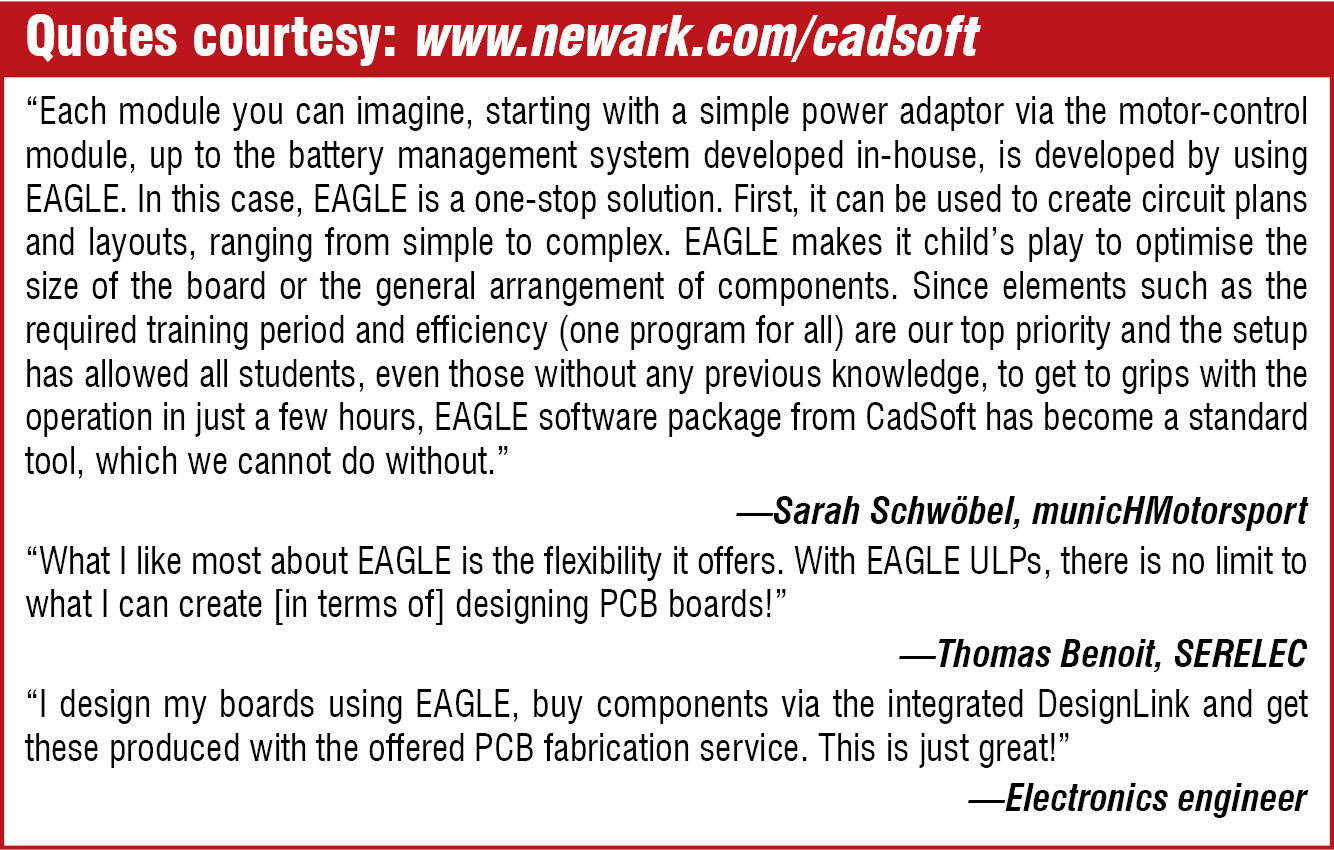
Users and their views
EAGLE seems to be getting mixed reviews. While it has its own set of loyal customers who have been using it for years, some users seem to prefer other software like KiCad, Circuit Wizard and Design Spark.
What makes EAGLE kick for the loyalists is the free version (limited only by the size of the board), support and response from CadSoft to their queries, the fact that there is information aplenty available about EAGLE and strong support from PCB manufacturers.
The problem areas have been the language in the UI; terms used seem to convey meanings other than intended, like usage of ‘drop’ for ‘hide’ and such. There are also some complaints about the software being a little tedious to learn initially, but once you spend that initial time, you seem to have learnt the trick.
Well, a software application that is a winner of awards and one that has so many regular users, including commercial PCB designers and professionals, must have something right in it. With the tool being upgraded with every new release, it is left to you to try this for yourself and arrive at a verdict. Write to us about your take on EAGLE, after using it.








Please tell me how to download software…
Dear Dinesh Kumar Singh, you can download the software from here